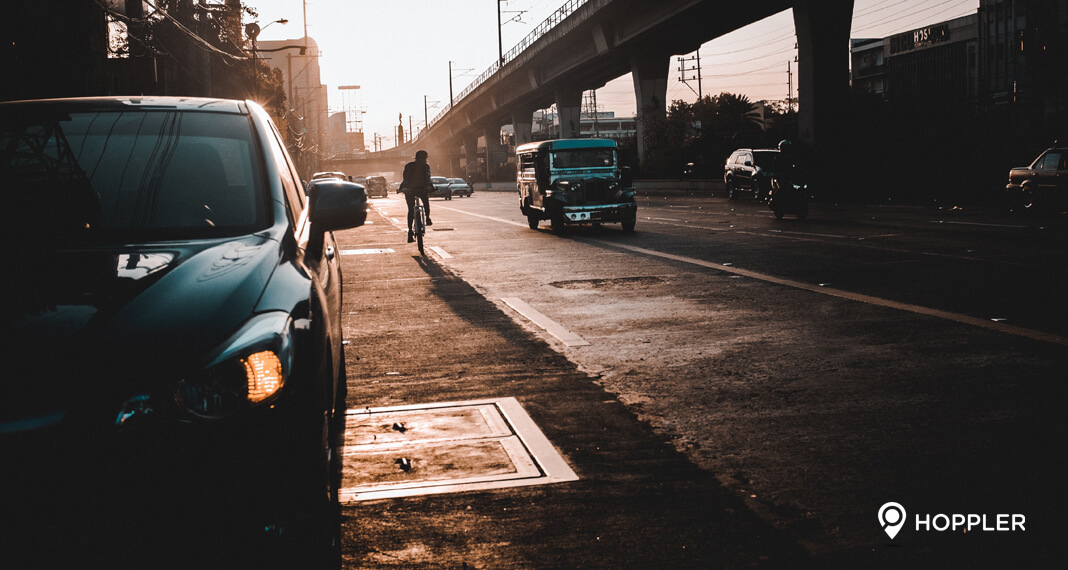Quezon City Landmarks and Historical Sites
Being the largest city in Metro Manila, there’s much to see in Quezon City. It’s engaging culture and lifestyle why many seek to live in Quezon City. It’s a city with historical sites, famous landmarks, nature parks, and schools with breathtaking campuses. Each of these locations play a significant role in the city beyond their beautiful architecture and landscapes.
Quezon Memorial Circle
Quezon Memorial Circle is an oval-shaped national park located in Diliman, Quezon City. It is best known for its 66-meter monument – The Quezon Memorial Shrine – standing at the center of the park dedicated to former president Manuel L. Quezon. The national park is popular among long-time residents of the area where they can stay and enjoy many activities.
The oval surrounding the memorial shrine is also a jogging and biking path. The park has affordable bike rentals on an hourly basis. It also has a big playground for kids and a variety of restaurants around the complex.

Few know that another historical site sits within the Quezon Memorial Circle. The Quezon Heritage House, the former house of the late president’s family in Gilmore, New Manila moved to the complex in 2013, is now a museum. As they tour the home, visitors can find all the memorabilia of the family. A city museum, the Quezon City Experience (QCX) also opened within park grounds in late 2015. Its most recent addition is the Presidential Car Museum which opened in 2018.
University of the Philippines Diliman
Established in 1949, the University of the Philippines Diliman is the home of notable research sites in the country. There are theatres, auditoriums, museums, and open parks all within the 439-hectare campus. Most famous in the campus is the university’s most iconic figure: The Oblation.
The Oblation is a statue by Filipino artist Guillermo E. Tolentino. After its unveiling, it served not only as the symbol of the University of the Philippines but also as a figure for nationalism. The Oblation depicts a man facing upward with arms outstretched, in a gesture as if offering himself to his country. Several replicas of the Oblation are in other campuses of the University of the Philippines.
Also located within the university is the Jorge B. Vargas Museum and Filipiniana Research Center. The collection in this museum includes paintings, sculptures, stamps and coins, and books. It enjoys the unique distinction of being the only art repository in the country embracing the entire range of Philippine artistic creativity from the 1880s to the 1960s.
People Power Monument
The People Power Monument commemorates the events of the 1986 People Power Revolution which protested the Marcos administration. The monument, made by Eduardo Castrillo in 1993, sits on the corner of EDSA and White Plains Avenue in Barangay Camp Aguinaldo.
The monument is pyramidal in shape. Different statues of people form the sculpture. At its center is a towering female figure with arms raised towards the sky. Her unchained wrist represents freedom.
Santo Domingo Church
The Santo Domingo Church, also known as the National Shrine of Our Lady of the Holy Rosary of La Naval de Manila, is the largest church in Metro Manila and one of the biggest churches in Asia. It is the first national cultural treasure listed in Quezon City. After World War II, the church transferred from its original location in Intramuros, Manila. The Santo Domingo Church also houses a collection of jewels and other artistic treasures. There is also a museum inside the church’s complex, with a collection transferred from the Santo. Domingo Church in Intramuros.
Looking to buy or rent in Quezon City? Browse properties today!



